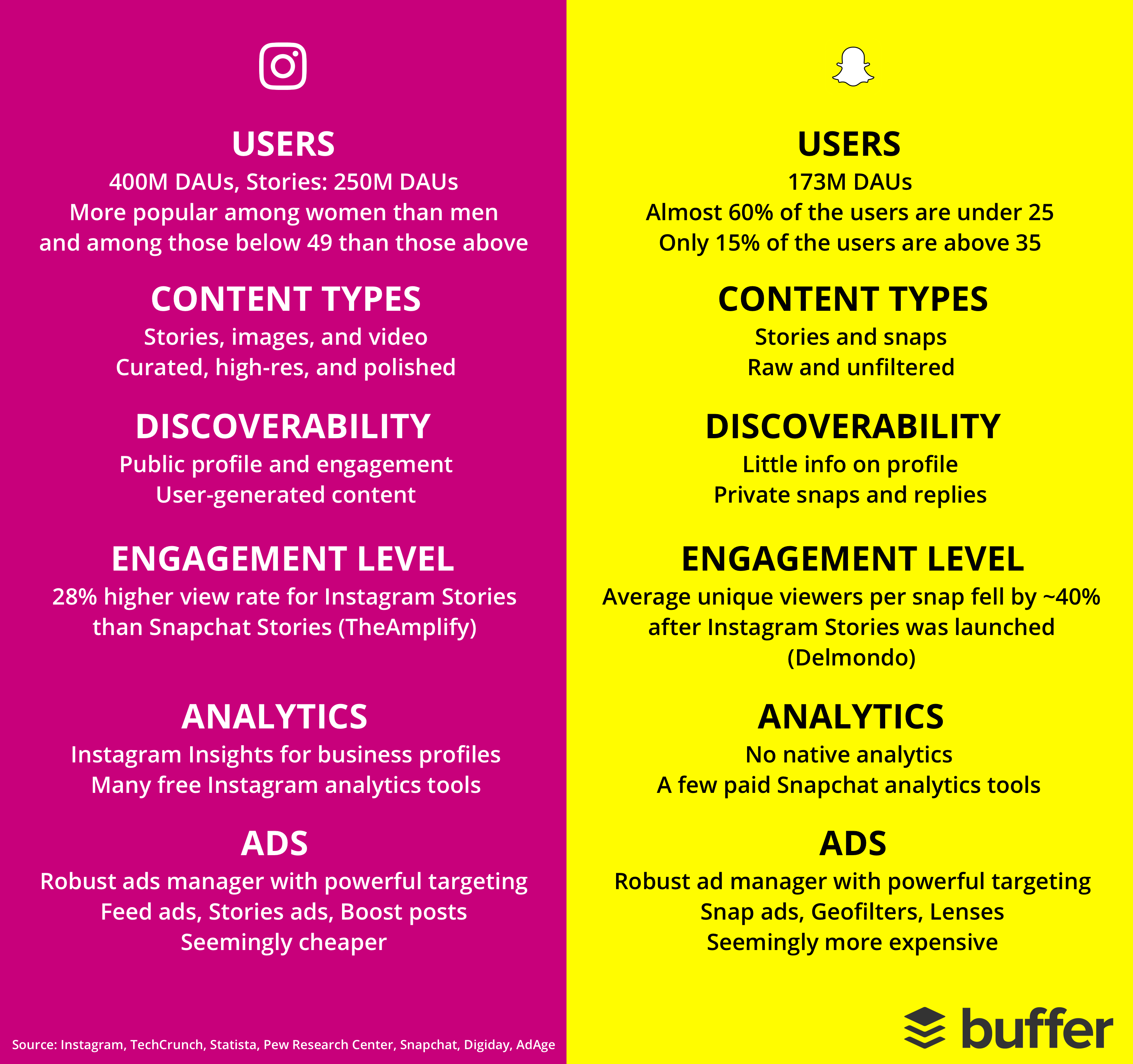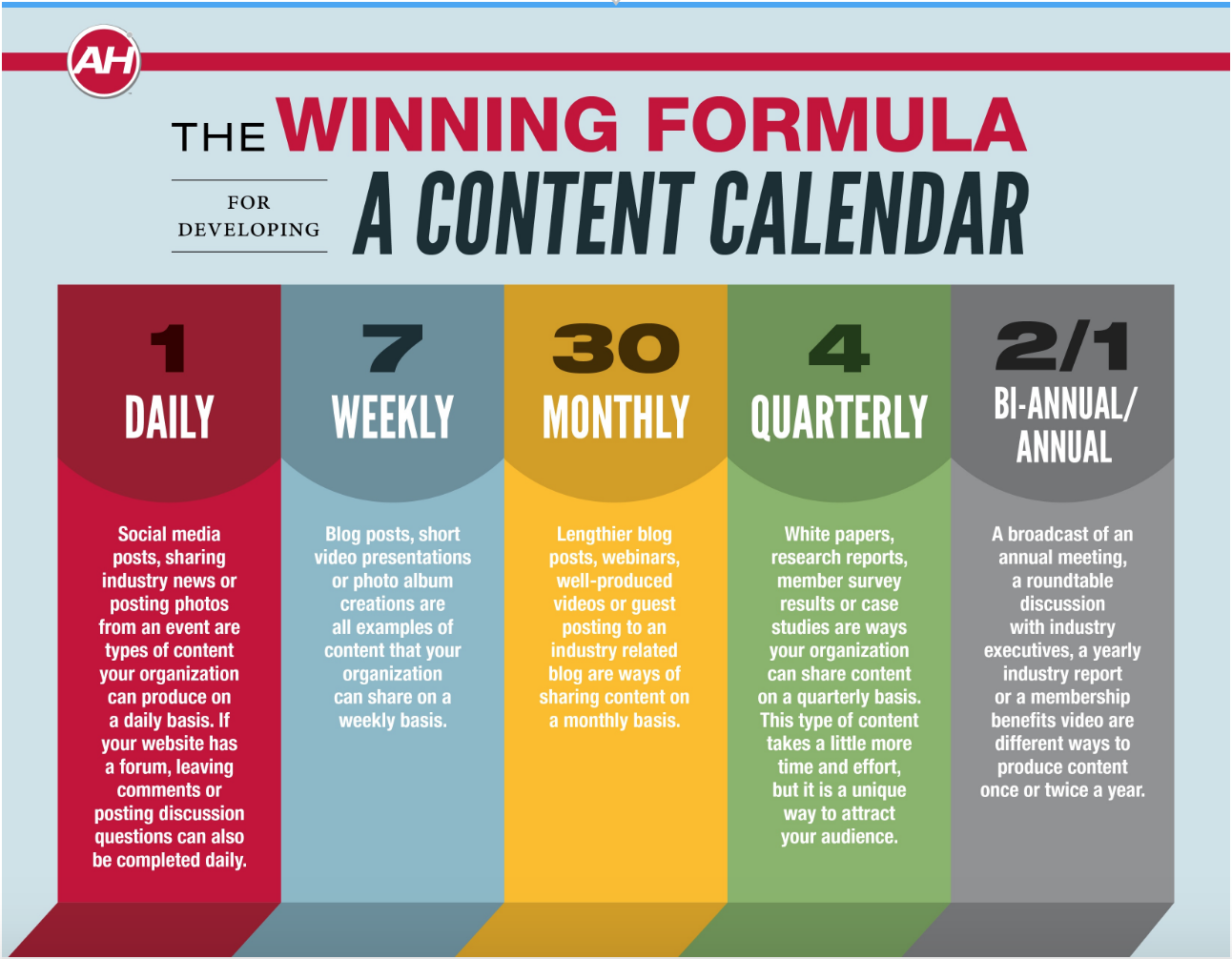
Native marketing is a powerful tool for advertising your business. It can be an excellent way to reach large numbers of people in a meaningful way. Native ads are typically more popular than display ads because they are less intrusive. According to a study of users, they prefer content discovery to traditional ads. Here are some examples native advertising in action.
Sponsored content is an excellent way to gain exposure for your brand on high-traffic media sites. You can place in-feed articles or video segments to promote your brand. When done properly, native content ads can help engage with your target audience while driving a call to action. In addition to engaging users, they also allow you to disclose your sponsored content. To reap these benefits, however, you must adhere to certain guidelines. After approval, you are able to begin incorporating your content into your marketing strategy.

Digital natives are the generation born in the digital age and have been surrounded by technology. Digital natives have an advantage over digital immigrants, who tend to be largely non-digital natives. It is essential that you understand how to make digital natives happy. Your content will attract more attention and convert better if it is based upon useful information. It is also important to consider the audience demographics of your target market.
Native advertising is a powerful strategy for enhancing brand awareness and converting readers into buyers. Native advertising is not only a great way to deliver content but it also allows you to optimize your marketing campaigns and increase your organic distribution strategy. You should be sure to choose platforms that are right for your business's brand image. When using native advertising, you should also take into consideration the FTC guidelines. When choosing the right platform and creating native content, there are some guidelines that you must follow.
Learning from the success of others is a great way to get started in native marketing. If you want to mirror results quickly, it is essential to leverage other people's data. Thanks to technology, it is easy to search, filter, and sort data on existing native platform campaigns. You can even analyze creatives, messaging, and landing pages on different platforms. This data can be used to improve your content. These tricks can help you improve your native ads.

Native advertising is a good choice for increasing conversion rates and click-through rates. Native advertising is highly engaging and more likely to be engaged with by consumers if they aren't aware it's an ad. Additionally, native advertising helps you build a relationship with your customers and is a highly effective way to target a specific audience. 44% are unable identify the advertiser.
FAQ
What is the purpose of a content strategist for your business?
A content strategist can help you to understand what people are searching for online. They will ensure that your site is optimized to search engines so you can rank high. They also create content to be used on social media sites like Facebook, Twitter and others. They also write copy to advertise, blog, or website.
A content strategist works closely with a marketing team and helps to organize a cohesive plan for the company's online presence. Content strategists may work on their own but often work in collaboration with the rest to ensure that each piece serves its purpose.
Is content marketing easy to measure?
Yes! It's part of the process. It will help you decide if your efforts were a success and if you have to make any adjustments.
It is possible to track the number of visitors from different sources, including organic search, email and social media. You can also track conversions such as sales leads or purchases.
These metrics can tell you which pieces of content performed well and where your most significant opportunities lie.
How can I determine success with content marketing
There are many ways to measure the success of your content marketing efforts. You could track the number and quality of visits to your website. Or, you could see how many leads were generated.
What should I do to get started with content marketing?
Start by identifying the audience. Who are they? What are their needs? What are their needs? You can identify who you are writing to and where you should focus your efforts.
How can I improve the content marketing strategy of my company?
Focusing on distribution, audience and content can help improve your content marketing strategy. You must first understand your ideal customer. Also, find out where they are online. Once you know this information, you can tailor your content to appeal to them. The second step is to create a voice and style that differentiates you from the rest. Third, you must figure out how to efficiently distribute your content.
Statistics
- According to the Content Marketing Institute, 70% of B2B marketers and 86% of B2C marketers surveyed use content marketing in some form or other. (criteo.com)
- According to our research, brand awareness, attracting traffic, and generating leads remain the key content marketing goals in 2022. (semrush.com)
- Companies that use content marketing see approximately 30% higher growth rates than businesses not using it. (mailchimp.com)
- Progress indicators (0–100%) allow each team member to see how attainable each goal is and understand what remains to be accomplished. (semrush.com)
- To further show the importance of this, 89% of people have stopped doing business with a company because of a poor experience. (neilpatel.com)
- This marketing strategy landed Ford a 15.4% conversion rate. (neilpatel.com)
- According to research compiled by Coschedule: Companies that publish 16+ blog posts a month get as much as 3.5x as much traffic as those that publish 0-4 posts a month. (criteo.com)
- Out of the 1,500 marketers we surveyed for our State of Content Marketing report, 78% who felt their content marketing strategy was exceptionally effective in 2021 had documented their strategy. (semrush.com)
External Links
How To
Content Marketing Tips: Infographic Creation Tips
Infographics are an effective way to explain complicated concepts clearly and make information understandable. Infographics can be used to communicate your message.
You'll need design software such as Adobe Illustrator or Photoshop to create an infographic. These programs allow you to create infographics by drawing different shapes and elements. You can then use colors and fonts for your data. Once you have your design ready, upload images from Unsplash or Pixabay to add to it.
Look online for inspiration to create your own infographics. For example, if you want to show how many calories are in certain foods, you could take a picture of a food pyramid and replace the numbers with pictures of those foods. You might also want to calculate how many calories are in soda pop. This can be done by taking a picture with a bottle of Coke.
After you have created your infographic, it can be shared through social media channels such as Facebook and Twitter. This allows people who don’t know much about the topic to find out more. If you decide to post your infographic on social media platforms, include hashtags so others can see what you're talking about. You can use hashtags to allow others to follow your conversations about specific topics.
You can make infographics shorter if your posts are short. A blog post may be 2000-5000 words long. An infographic requires only 500-1000 words. This means that you can convey more information in a shorter space.
Remember that not all viewers can read small font sizes when designing an infographic. Make sure you use large enough fonts and don't rely too heavily on color for your graphics. Also, ensure all text is legible.
Here are some additional tips :
-
Choose an Infographic Template. You can find many templates online or in printed formats. Canva and Piktochart are some of the most popular.
-
Make your Infographic. Use the template to create your infographic. You can use whatever media is most appropriate for your audience. For example, creating an infographic about the best places to eat in Seattle might choose photos of local restaurants.
-
Add Text. Add text to your infographic once you have it created. You can use Microsoft Word, PowerPoint or Canva to add text.
-
Add images. You can also add images to your infographic. These images can be charts, graphs, icons, or pictures. If you wish to include a picture, ensure it is relevant.
-
Make It Interactive. Interactive elements like buttons, maps and links can be added to your website. This will engage your audience.
-
Share. Share your infographic after you're done.
-
Measure. What was the performance of your infographic? Did people click through to your website? Did they signup for your mailing list? What was their reaction to your infographic?
-
Improve. Are there ways you could improve your infographic? Is there anything you could do better?
-
Repeat. Repeat.